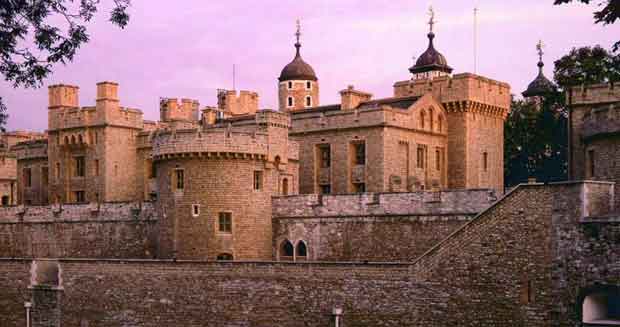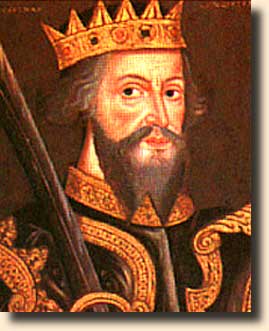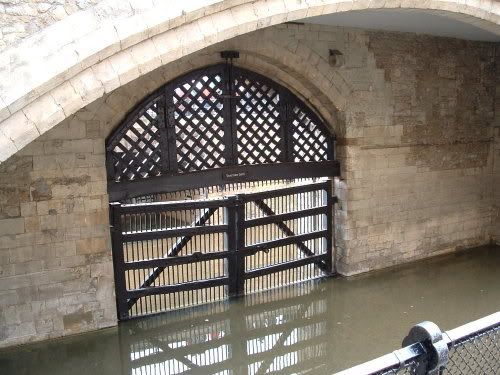Image sources:
Header:
Tower - http://www.attractiontix.co.uk/images/photos/large/tower-of-london2.jpg (cropped by me)
Introduction:
Tower - http://www.offtolondon.com/images/TowerLondon.jpg
The White Tower:
Tower - http://tudors.crispen.org/tower/tower.jpg
Armor - http://tudorhistory.org/henry8/h8armour.jpg
Portrait http://www.american-pictures.com/genealogy/descent/photos/William.the.conqueror.jpg
Tower Green:
Green: http://94.100.113.162/106150001-106200000/106171901-106172000/106171959_5_QHnh.jpeg
Axe and block: http://www.royalexhibitions.com/Axe%20and%20block.jpg
Monument: http://farm1.static.flickr.com/110/306082879_98229de765.jpg?v=0
Traitor's Gate:
Gate - http://z.about.com/d/cruises/1/0/S/z/1/london024.jpg
Beauchamp Tower:
Tower - http://tudorhistory.org/places/tower/beauchamp.jpg
Arms Carving - http://tudorhistory.org/places/tower/dudley.jpg
Jane - http://www.hrp.org.uk/Images/jane_graffiti_1.jpg
Bloody Tower:
Tower: http://www.toweroflondontour.com/bloodytw.jpg
Video: http://www.youtube.com/watch?v=0xTuQm3MXYA
Princes: http://upload.wikimedia.org/wikipedia/en/c/c0/Princes.jpg
The Ravens of the Tower:
Ravens - http://www.historic-uk.com/DestinationsUK/TowerRavens.jpg
Yeoman - http://tommcmahon.typepad.com/photos/uncategorized/2007/04/21/raven2.jpg
Crown Jewels:
Part of collection: http://www.aboutromania.com/London25.jpg
Koh-i-noor: http://www.royal.gov.uk/files/images/Insight_Jun04_Mailbox_Kohinoor_large.jpg
Sources of information:
http://www.toweroflondontour.com/whitetow.html
http://www.aboutbritain.com/TowerOfLondon.htm
http://www.castles.me.uk/white-tower.htm
http://www.londononline.co.uk/towerguide/
http://www.londononline.co.uk/tower/
















